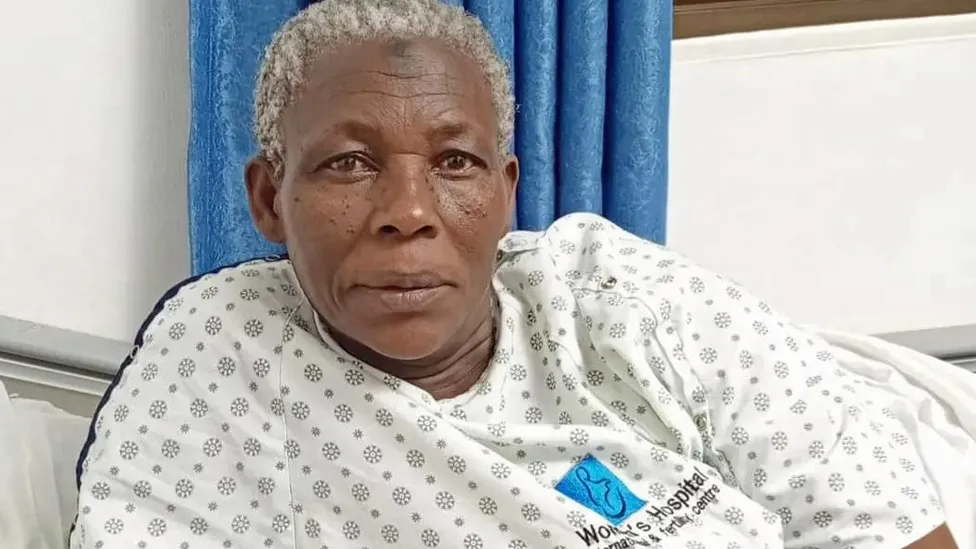A hospital in Uganda has reported that a 70-year-old woman successfully gave birth to twins through IVF treatment.
Safina Namukwaya gave birth to a boy and a girl through a caesarean section at a fertility center in the capital, Kampala.
Ms. Namukwaya, among the oldest women to experience childbirth, expressed to local media that the event was nothing short of a “miracle.”
The hospital congratulated her, saying it is more than a “medical success; it’s about the strength and resilience of the human spirit”.
In 2019, a 73-year-old Indian woman gave birth to twins following IVF treatment.
“We’ve achieved the extraordinary – delivering twins to Africa’s oldest mother aged 70!” the Women’s Hospital International and Fertility Centre (WHI&FC) posted on its Facebook page.
It said she had delivered the babies on Wednesday just after midday, adding: “Mother and babies are all well.”
Ms. Namukwaya informed newsmen that her pregnancy proved challenging, particularly as her partner abandoned her upon realizing she was expecting twins.
“Men don’t like to be told that you are carrying more than one child. Ever since I was admitted here, my man has never showed up,” she said.
Ms. Namukwaya has experienced her second delivery in the span of three years, having welcomed a baby girl in 2020.
She shared that her motivation to have children stemmed from facing ridicule for being childless.
“I looked after people’s children and saw them grow up and leave me alone. I wondered who would take care of me when I grow old,” she is quoted as saying.
It is not clear whether she used a donor egg or one of her own that was frozen and stored when she was younger.
Normally, women undergo menopause between the ages of 45 and 55, during which fertility declines. However, advancements in medicine now enable women to conceive.
In-vitro fertilisation (IVF) is one of the various techniques used. In this process, an egg is extracted from a woman’s ovaries and fertilized with sperm in a laboratory.
The resulting fertilised egg, known as an embryo, is subsequently placed in a woman’s womb to undergo growth and development.


